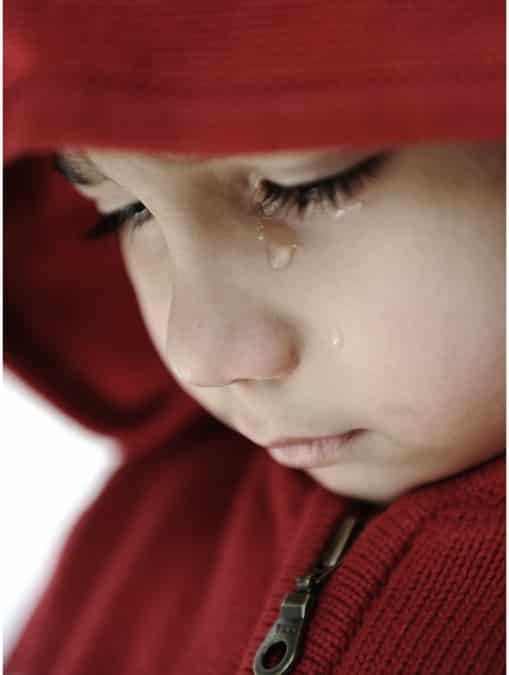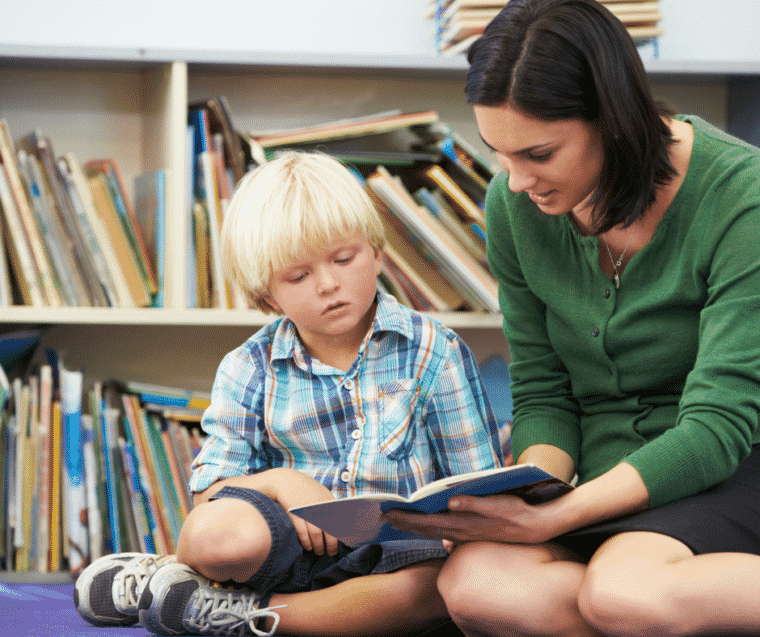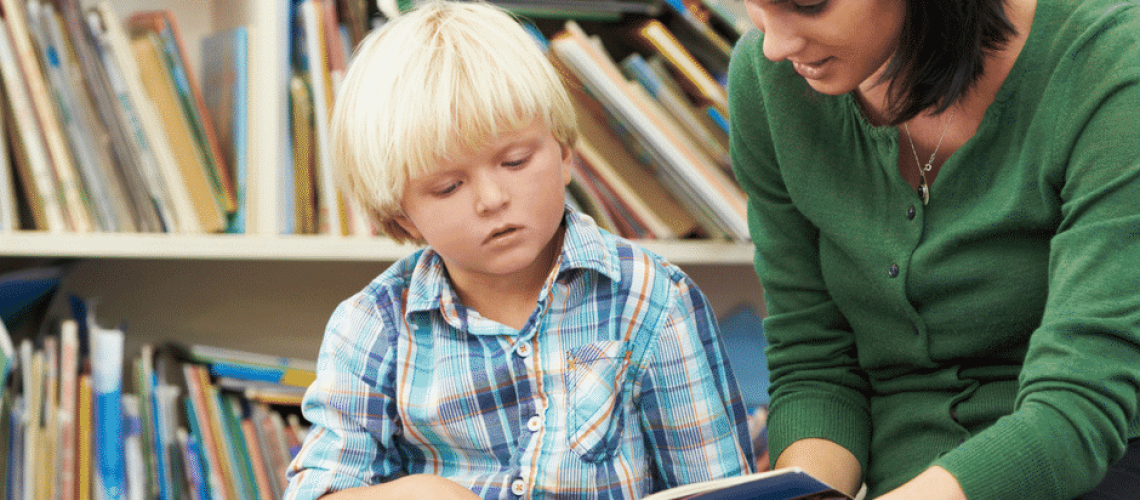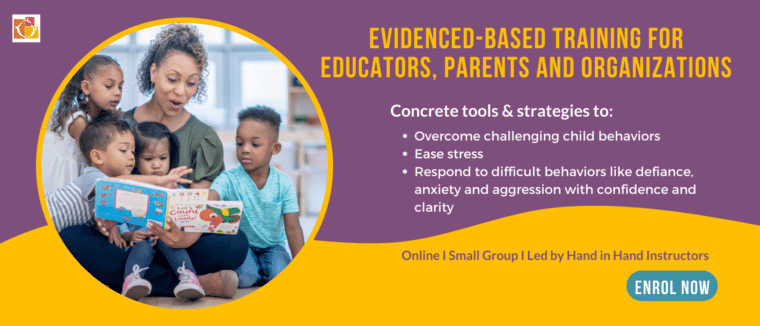Imagine you had a teacher that listened, really listened, when you were upset at school.
 In daycare and pre-school settings, there are many cries for many reasons. Children missing parents. Children that need the bathroom and don't know how to ask. Children that hate the chaos and din of a classroom. Children wondering why dad didn't come home last night.
In daycare and pre-school settings, there are many cries for many reasons. Children missing parents. Children that need the bathroom and don't know how to ask. Children that hate the chaos and din of a classroom. Children wondering why dad didn't come home last night.
And now imagine how many of those cries get shushed or go unheard.
For teachers, it might seem a tall order that children should be encouraged to cry – especially when their workloads are hard, stuffed with to-do's, activities, and changes and nap-times.
Yet some teachers are seeing the power of listening to tantrums and tears in classroom.
What Good Listening Looks Like
“Just the other day I had some Staylistening time with one of my little guys. He could not stop being “teasy” with two of the other children,” says Geri Kelly, head teacher at Topanga Community Preschool. “He was pushing, knocking over toys, laughing at them and then running away. I caught up to him and said, “Come here. I want to be with you.”
The pupil reacted badly to the apple Geri was holding at the time. “Don't hold me! You have an apple! I hate apples! Don't touch me with that apple! I'll stop! You got apple on me! Your breath smells like apple! I'm hot! You're making me hot! I don't like apples!” he yelled. But she wasn't put off. She stayed with him for 10 minutes as he screamed until finally tears came and she had got to the reason behind his troubling behavior.
He felt alone.
He cried that he wanted his mommy, who was out of town, says Geri. “I listened. I told him I would keep him safe. He slowed down, then asked to read some stories,” she says.
This kind of release can actually be helpful in class, she says. Anxiousness and worry often results in preschoolers acting unruly, being inattentive, distracted or even aggressive. Crying gives them a chance to offload that build up, and once done, many enter a new state of calm and contentment.
Psychologists recognize that when the brain's limbic center, the part of the brain in control of emotional responses, gets flooded, rational thinking shuts down.
Crying can give kids the release they need to offload, move on, and get back on track.
Geri, who has worked in early childhood for 15 years, began using Staylistening, and other Listening Tools like it, as she brought up her own kids. Although the Tools can be challenging to use in larger groups at times, she says, they're adaptable.
Although she would have liked to offer the boy more time to work through his feelings one-on-one, “There were other children to be cared for, and the story option seemed to meet the most needs at the time,” Geri says. Together, they read stories with about five other children and then they all went back to peaceful play when the last page was turned.
Emerging Empathy: Against the Grain on Aggression
 This kind of empathy and attention is at odds with traditional shame and punishments commonly employed in classroom settings. Those discipline types bring immediate responses and are frequently what nursery teachers are trained to use, but they seem outdated and unfair to children says Austin-based preschool teacher and Hand in Hand Parenting Instructor Laura Minnigerode. “These are such young children. They are just little kids,” she says.
This kind of empathy and attention is at odds with traditional shame and punishments commonly employed in classroom settings. Those discipline types bring immediate responses and are frequently what nursery teachers are trained to use, but they seem outdated and unfair to children says Austin-based preschool teacher and Hand in Hand Parenting Instructor Laura Minnigerode. “These are such young children. They are just little kids,” she says.
She has used Staylistening with children in a few different daycare settings, sometimes with very aggressive children to help treat tightly held underlying fears. She admits that resistance can come from co-teachers and other members of staff. “I passed one teacher the booklet on Healing Children's Fears part of the Hand in Hand Listening To Children Booklets. We both agreed it could have been written for one of the girls in our class,” she says.
Yet the girl's crying bothered the teacher, and so Laura had to take her out of class when she cried. Others say children should not be allowed in school if they can't be quiet.
But seeing the developments preschoolers make when they are listened to inspires Laura to keep using the tools. She often adapts Special Time, a tool where kids receive periods of undivided one-on-one time, into “a moment of delight,” where she watches them attentively and with adoration for a minute or two. “Even that, feeling like someone is really present, makes a difference,” she says.
More Teachers Using Listening Tools
And she senses change coming slowly. As a new generation of younger teachers enter classrooms they seem much more eager to veer from traditional models, perhaps especially as neuroscience shows us more and more about how children's brains develop and process information. Since most teachers join the profession with a real drive to see children learn, the close bond that tools like Staylistening promote looks compelling. “We want children to learn and they learn better when they are connected,” says Laura. “For a teacher, that's an amazing thing.”
Support for your SEL program
A proven, evidence-based approach that you can quickly implement in your work. Hand in Hand's approach is understands the whole child and supports staff and students. Click here to learn more about how this powerful program can fuel your SEL program.

